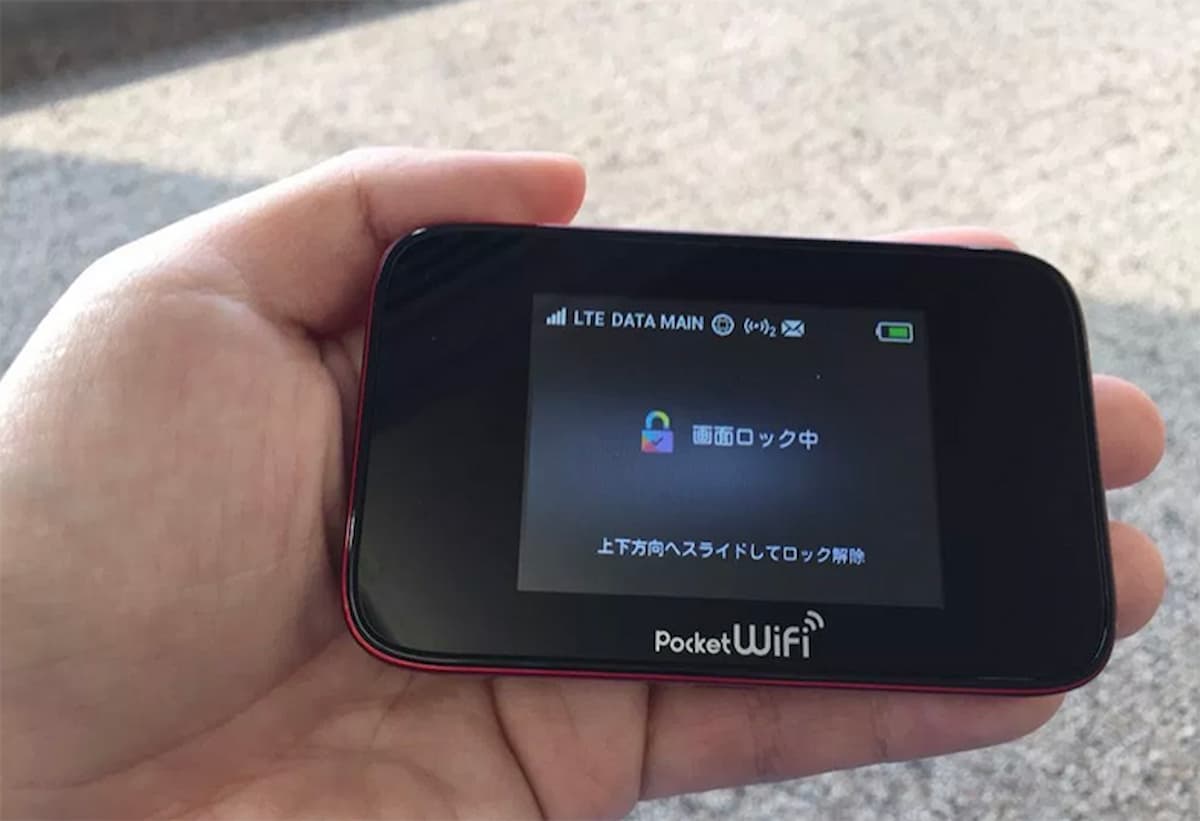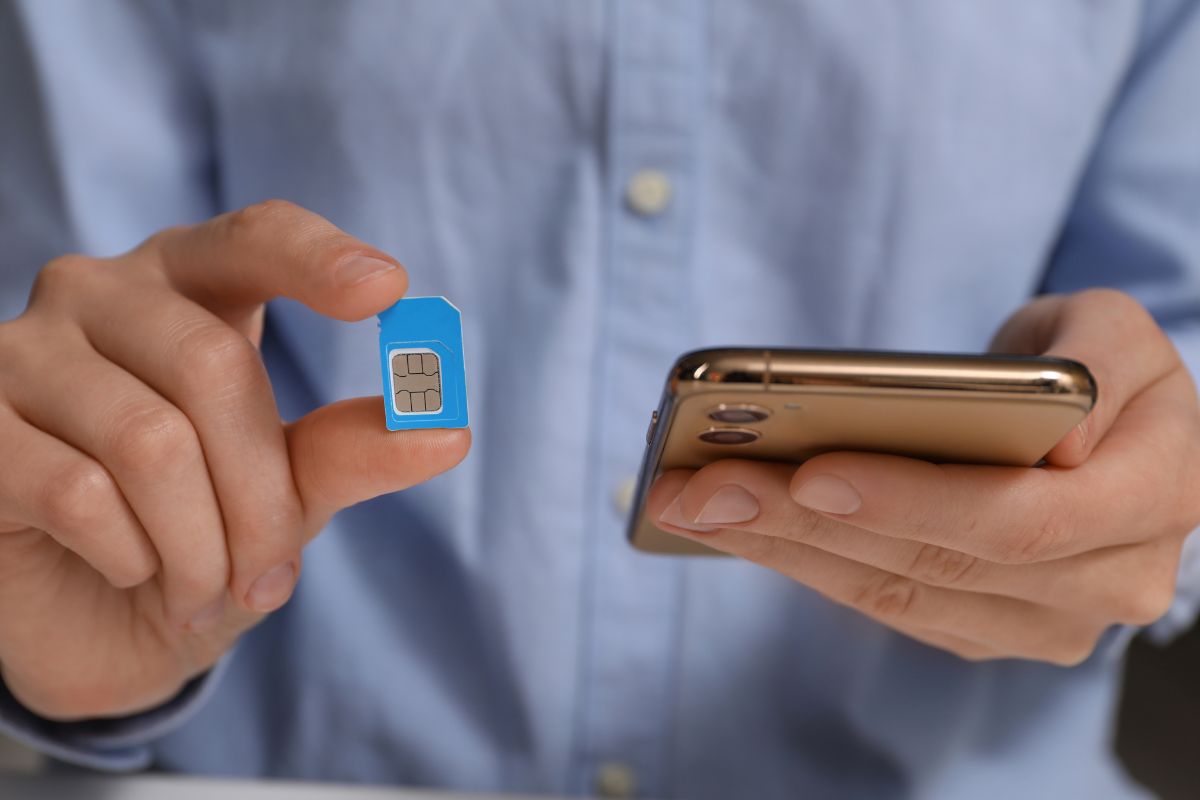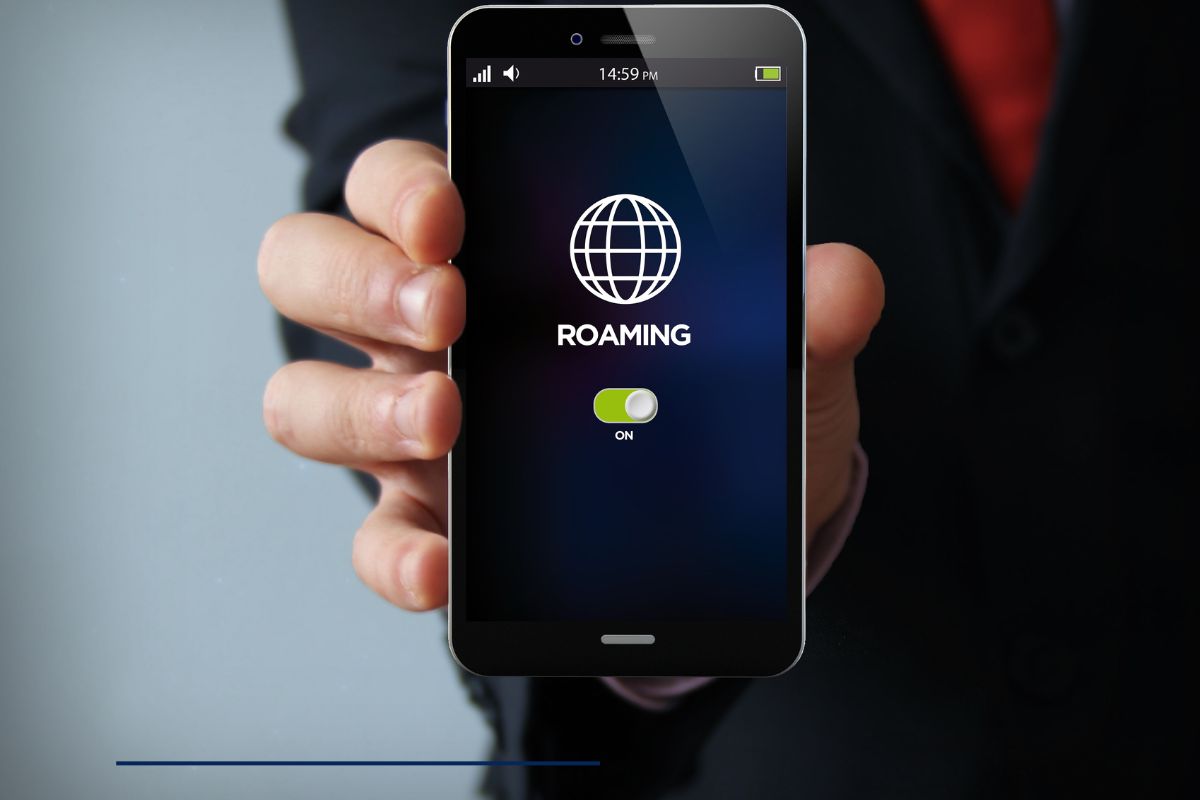To talk about how to stay connected in Europe for travelers, there are several connectivity options: Pocket WiFi, SIM card vs Data Roaming. In this guide, we’ll equip you with a comprehensive guide about these options to find the best choice for your European stay.

I. Pocket Wifi
What is Pocket Wifi?
Pocket WiFi is a device that can create a personal, mobile internet hotspot. It connects to cellular networks and then broadcasts a WiFi signal, allowing you to connect multiple devices like smartphones, laptops, or tablets to the internet. Here is the breakdown to help Europe visitors consider:
| Pocket WiFi | Pros | Cons |
| Constant internet access for multiple devices during your trip. Often cheaper than international roaming or buying local SIM cards. More secure than public WiFi networks in hotels or cafes. Saves your phone’s battery as it’s not constantly searching for networks. Helps you stay connected in different countries without changing SIM cards. |
Using pocket wifi means you have one more thing to carry and keep charged. Pocket wifi may have weak signals in rural areas or certain countries. You need to configure devices to connect, which can be a minor hassle. You need to charge it regularly, especially when you use lots of data Can be expensive for short trips |
In summary, pocket WiFI is Suitable for:
- Frequent international travelers
- Families or groups traveling together

Pocket WiFi
Price of Pocket Wifi in Europe
To choose the best pocket wifi, check the table below for an overview of their prices. However, remember to check the latest rates and provider websites for the most accurate information.
| Provider | Daily Cost (€) | Data Plan | Coverage | Additional Notes |
| Travel WiFi | $5.56 | Unlimited Data (Fair Use) | 150+ European Countries | Free pickup at major airports is available |
| Rent ‘n Connect | $7.79 | Unlimited 4G LTE Data | 30+ European Countries | Includes portable charger |
| My Webspot | $7.12 | Unlimited Data | 50+ European Countries | Supports up to 10 devices |
| Skyroam | $8.90 | Unlimited Data with Daily Pass | 130+ Countries Worldwide | Pay-as-you-go pricing available |
| Tep Wireless | $7.20 | 5GB/day or Unlimited | 100+ European Countries | Lockable device, easy return via pre-paid envelopes |
| Roaming Man | $6.12 | 3GB/day or Unlimited | 70+ European Countries | Real-time tracking via mobile app |
Notes: The prices may vary depending on the providers and time.
II. Tourist SIM Cards
What is a Tourist SIM Card?
A Tourist SIM Card is a prepaid mobile phone card designed specifically for travelers visiting a foreign country. It’s a temporary, local phone number and data plan that you can easily insert into your unlocked smartphone upon arrival.
|
Tourist SIM cards
|
Pros | Cons |
| Cost-effective compared to other connectivity options Provide a phone number for easier local communication Don’t need to carry an extra device Available for purchase at airports or convenience stores |
Requires an unlocked phone May need to change SIM cards when crossing borders Limited validity period Potential language barriers when setting up or topping up May not be ideal for very short trips due to setup time |
In general, using a tourist SIM card is the most cost-effective way to keep connected in Europe and is suitable for those who want to have a phone number to make calls, and send texts locally for a long period.

Price of SIM Cards in Europe
Prices for SIM cards vary depending on providers and plans, but here are typical options:
| Provider | Plan | Price (€) | Data Allowance |
|
Vodafone Spain
|
Basic Plan | €10 | 5GB |
| Medium Plan | €20 | 10GB | |
| Unlimited Plan | €35 | Unlimited | |
|
Orange France
|
Holiday Plan | €19.99 | 10GB |
| Standard Plan | €39.99 | 20GB | |
| Max Plan | €69.99 | 40GB | |
|
Three UK
|
Pay-As-You-Go | £10 (€12) | 3GB |
| Standard Plan | £20 (€23) | 12GB | |
| Unlimited Plan | £30 (€35) | Unlimited | |
|
TIM Italy
|
Basic Plan | €15 | 5GB |
| Medium Plan | €25 | 15GB | |
| Unlimited Plan | €40 | Unlimited |
Note: Make sure the check the latest prices from providers’ websites for more accurate information.
Suitable for
SIM Card is a good option because many EU-wide SIM cards work across multiple European countries due to EU roaming regulations. They are also ideal for those who want a local phone number at their destination
Europe eSIM – best alternative for travelers
If you want to use a SIM Card but still hesitate about its advantages, then Europe eSIM is a better option for you. Here are some benefits eSIMs bring:
- No physical card to handle or misplace
- Allow multiple profiles on a single device
- Remote activation and easy setup before your trip
- Seamless switching between countries within Europe
Get more insights with our guide Best Europe SIM and eSIM cards Where to buy
III. Data Roaming in Europe
What is Data Roaming
Data roaming lets your phone use internet data on foreign cellular networks when traveling abroad. When roaming, your phone connects to a partner network, enabling you to access the internet, send messages, and make calls as if you were at home
|
Data Roaming
|
Pros | Cons |
| Constant connectivity abroad Easily stay in touch with friends, family and work |
Often expensive, with high fees Risk of bill shock from unexpected charges Slower data speeds in some areas Potential security risks on unfamiliar networks |
Suitable for
Data Roaming is not the best choice for budget travelers or those staying abroad for extended periods. However, you can consider it if:
- You are a short-term tourist who requires occasional access to online services
- You are willing to pay for convenience and don’t mind the extra cost

Roaming in Europe
Price of Data Roaming in Europe
Prices of Data Roaming are more expensive than prices of pocket wifi, SIM cards, and eSIM. And they also vary depending on different providers.
| Provider | Price | Data Allowance | Validity |
| Vodafone Spain | €20 | 10GB | 30 days |
| Orange France | €39.99 | 20GB | 30 days |
| TIM Italy | €25 | 15GB | 30 days |
| AT&T (USA) | $10/day | Unlimited | Per day |
| Verizon (USA) | $10/day | Use a home data plan | Per day |
Note: To get the exact and latest prices, make sure to check providers’ websites.
IV. Final thoughts
That was everything about ways to stay connected in Europe. Whether it is pocket wifi, SIM cards, or Data Roaming, each option has its pros and cons. Remember to consider your needs and the duration of your trip. Also don’t forget to consider eSIM, it’s also a great choice.